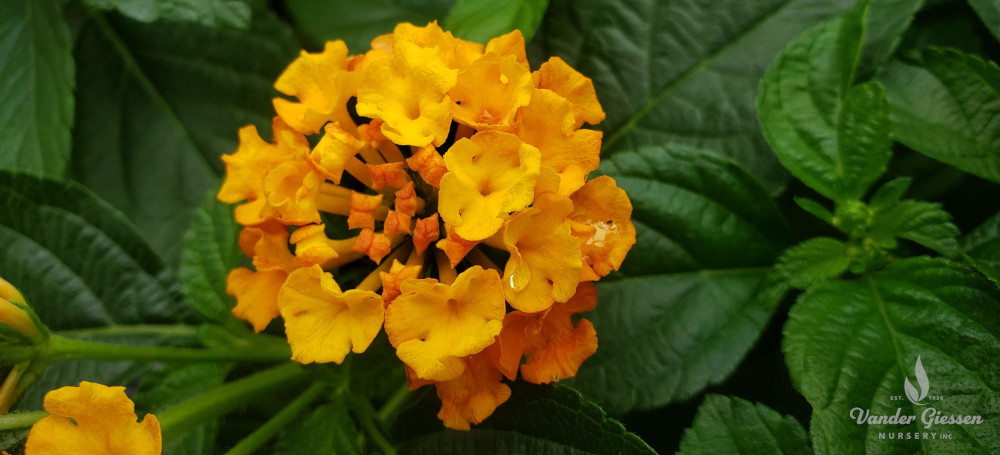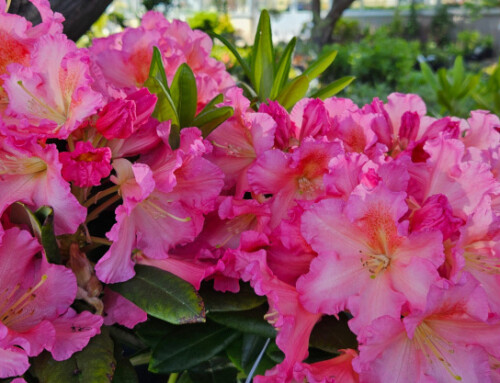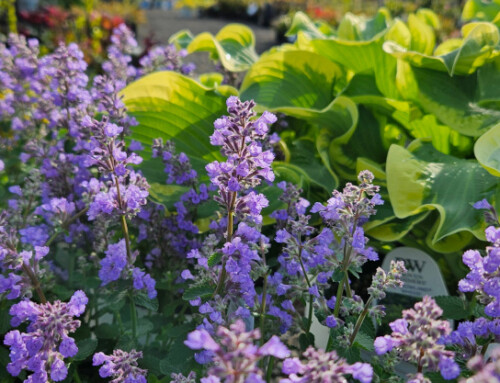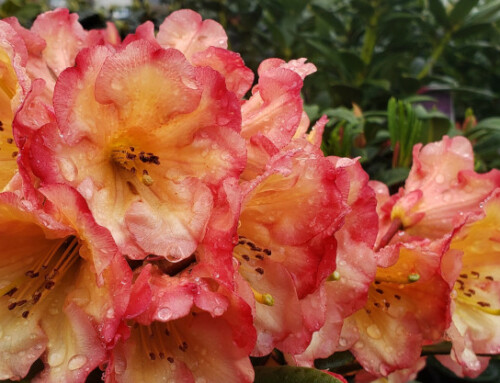We Pacific Northwesterners are a fickle people. If you need proof, just look at the last few months. March? Too cold. April? Too rainy. May? Too warm. If you have friends in the Midwest, you know they might experience all three of those extremes in the span of a week—or even a couple days. And while we gardeners might complain, it’s for good reason; after all, we want only the best weather for our plants. If your garden could use a few plants better able to withstand harsh conditions, here are a few suggestions.
First, butterfly bush. While older varieties have been declared invasive in Washington, newer varieties are bred to be sterile, preventing their spread into unwanted areas where they could become invasive. And while older varieties could grow quite large, today’s selections are bred to be more compact and are better suited for smaller gardens. Blooming in summer with elongated, colorful flowers that attract pollinators, butterfly bush can handle dry conditions, summer heat, and winter cold.
Second, burning bush. This nondescript deciduous green shrub makes a great backdrop for other landscape plants or can be pruned into a hedge. But the real attraction is its fall color. Beginning in September, the deep green leaves begin to turn red, reaching a deep crimson hue by October. Burning bush tolerates dry conditions and even prefers the ground on the drier side by early fall to achieve the best coloration.
Third, barberry. I know, if you’ve had overgrown barberry shrubs your fingers are probably throbbing with the memory of getting poked by the sharp thorns when you tried to prune them. That’s why I typically only recommend dwarf varieties—no pruning needed! Barberry are excellent, drought-tolerant shrubs once established, and with rich hues of red, lime green, and burgundy, barberry add needed color to landscapes from spring through fall. A couple of my must-haves for landscapes are ‘Admiration,’ with bright red leaves edged in gold, and ‘Orange Torch’ with a two-tone appearance of deep orange with golden highlights. Enjoy the bright colors on barberry through summer heat and drought, then watch their colors intensify and change in fall before they drop their leaves for a winter’s rest.
Fourth, dwarf mugo pine. Unlike the so-called dwarf varieties of twenty years ago, many of today’s dwarf mugo varieties truly stay dwarf, growing only one to two feet tall and four feet wide, with beautiful dark green foliage year-round. Check out ‘Valley Cushion’ for a genuine dwarf habit and great drought tolerance.
Fifth, Russian sage. This blooming perennial can withstand dry conditions, wind, and summer heat without missing a beat. ‘Denim ‘n Lace’ is my go-to variety, with gray-green foliage that produces lacy sprays of sky-blue flowers in summer. Plant in full sun and it will grow to three feet tall and wide. Additionally, the foliage is fragrant, making it naturally deer-resistant.
Finally, if you have pots that could use summer color that can take the heat, look no further than lantana. With a spreading, trailing habit, lantana resembles verbena with its clusters of flowers but thrives in hot conditions. Pair with geraniums to provide larger blooms and perennial grasses for texture and movement and you’ll have containers that will look good no matter how warm it gets this summer.
Now, just a word of caution—just because something is drought-tolerant doesn’t mean it’s drought-loving. After all, everything needs water at some point, especially anything newly planted. For anything you plant, plan to water regularly throughout the first year, regardless of what kind of summer we have. To help plants get established quickly, I always recommend using Espoma Bio-Tone starter fertilizer, and when watering, water deeply to promote the growth of deep roots.
Who knows, our summer heat may have all arrived in May, but regardless of what summer brings, it’s nice to know there are options for your landscape that can handle extremes. But then again, your Midwest friends probably already told you that.








Leave A Comment